
The Guichet® Nail (which replaces the Albizzia®nail) is currently the safest nail on the market, and the result is better in the hands of its inventor, who every day works to improve the technique for his patients. In many pathologies, external fixators are used when Guichet® (ex Albizzia®) nails cannot be used (example for the foot). The nail consists of two sliding tubes. The rotation of one inside the other allows the extension of the nail. The nail is inserted into the bone canal after calibrating the measurement and after the cross-section of the bone that takes place without scarring through the use of an intramedullary saw. The nail is fixed to the two bone ends with screws. The incisions are so small that they allow only the passage of tools and screws. Scars are invisible and often do not elongate (or slightly) during lengthening, as opposed to those of external fixators. The femur, tibia and humerus are the bones in which it is possible to use the nail Guichet® After the surgery, in the post-operative phase, the patient himself turns the knee and the leg (for the femoral nail), the foot (for the tibial nail) or the arm in an alternative way (internal and external rotations) to obtain a progressive elongation. 15 clicks per day represent 1 mm. To obtain a gain of 6 cm, in general 2 months are required.
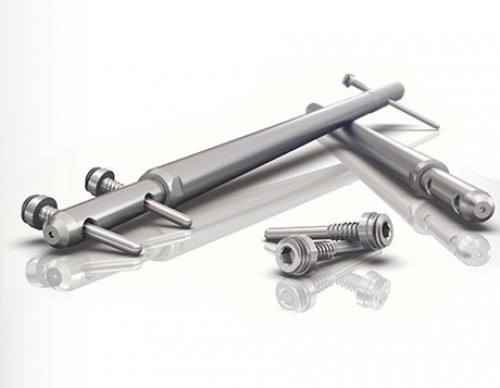
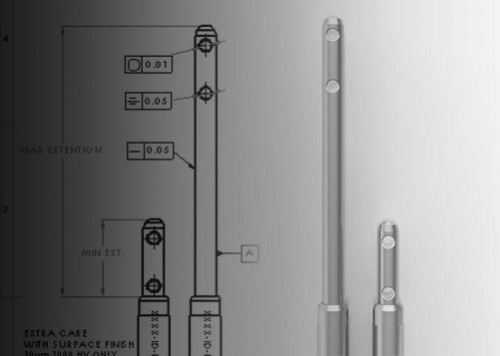
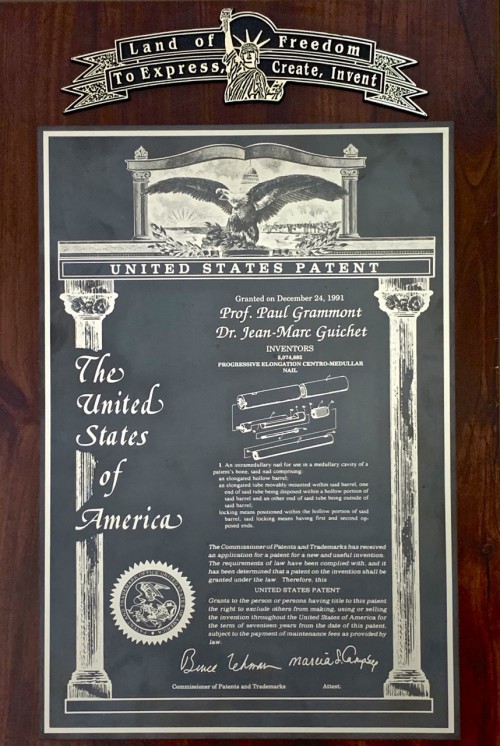
The nail is inserted through the top of the femur, near the hip. A minimal incision allows the passage of the elongation nail into the central cavity of the bone after it has been dissected as is the case for the humeral elongation. Afterwards, the nail is locked at the ends keeping the femur in place. Three small incisions will be made. The subsequent external and internal rotation of the lower limb allows you to snap the nail and get the increase in height. To better understand, see the cliquetage section. Generally the cliquetage operation is painless when the patient is well prepared in the preoperative and well assisted in the postoperative. You can get increases up to 10 cm, if not greater in case of exchange of nail.Principle
Cliquetage
Particularity
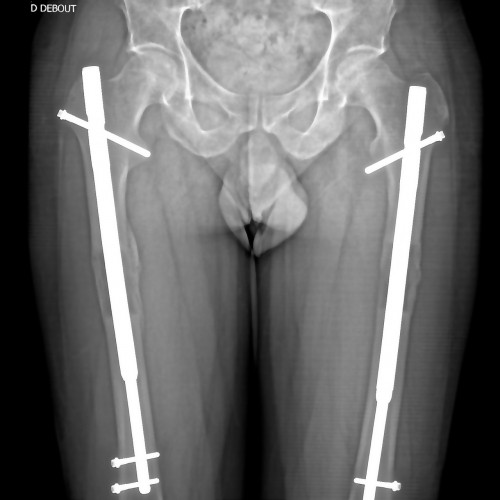
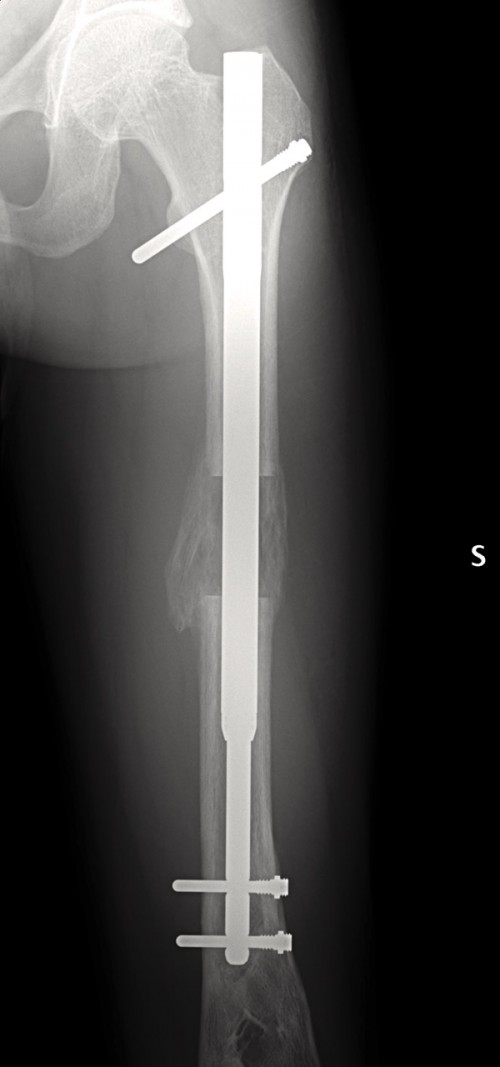


PRINCIPLE The nail is inserted through the upper end of the tibia, near the knee. A minimal incision allows the elongation nail to pass through the central cavity of the bone after it has been dissected. The section can only be performed from the inside of the bone, since the intramedullary saw is not able to cut a triangular bone; another incision is therefore necessary. Also the fibula is dissected but its reinforcement will be obtained without nail naturally and parallel to that of the tibia. The nail will then be locked at the ends and will keep the tibia in place. OPERATIONS OF CLIQUETAGE They are easier and less painful than those for the femur. You rotate the leg internally and externally, allowing the stretching. PARTICULARITY The tibia scares less well than the femur (less muscle around, and reduced vascularity), so priority is given to the femur in bilateral stretches. Some tibias do not heal spontaneously, sometimes necessitating a bone transplant. It happens much more frequently in the tibia than in the femur. SCARS They are more numerous than those of the femur but nevertheless smaller: one for the insertion of the nail at the knee, one for each screw (6 screws), one for cutting the tibia, one for cutting the fibula.
PRINCIPLE Arm elongation is necessary in the case of a considerable difference in arm length, and in the case of dwarfism, because an important shortening of the arms often prevents to perform normal functions (turn on a wall switch, open the taps of a sink, etc.). Therefore it is not recommended surgery for aesthetic reasons. The nail is inserted from the top of the bone into the bone cavity, after a section of the same. It is then blocked at the two ends of the bone by means of screws, as is the case in other cases (femur, tibia). PARTICULARITY Generally the cliquetage is painless. Complete activity is allowed after the first three weeks, to leave the scars (skin, muscles, tendons) to rest. The patient can return to his normal daily activities the week after the operation and can resume working during the stretching phase. The increase is obtained gradually (1 mm/day). You can resume sports activities during the elongation phase, but you must avoid sports with large rotating movements of the arms (tennis, etc.) until a proper bone scarring. CLIQUETAGE An alternating internal and external rotation of the elbow and forearm allows you to snap the nail and get the increase.
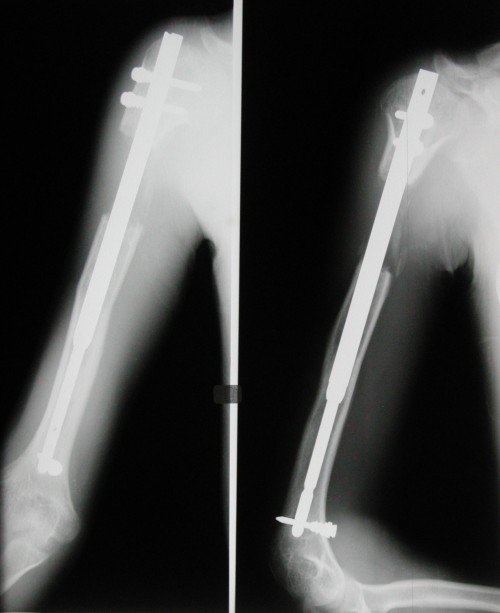

Weymouth Street Hospital
42-46 Weymouth St.
London W1G 6DR, UK
Phoenix Hospital Group
9 Harley Street
London W1G 9QY, UK
Harley Street Specialist Hospital
18-22 Queen Anne St.
London W1G 8HU, UK
Studio Dr. Guichet
Corso Magenta, 44
20123 Milano, IT
+39 0236758514